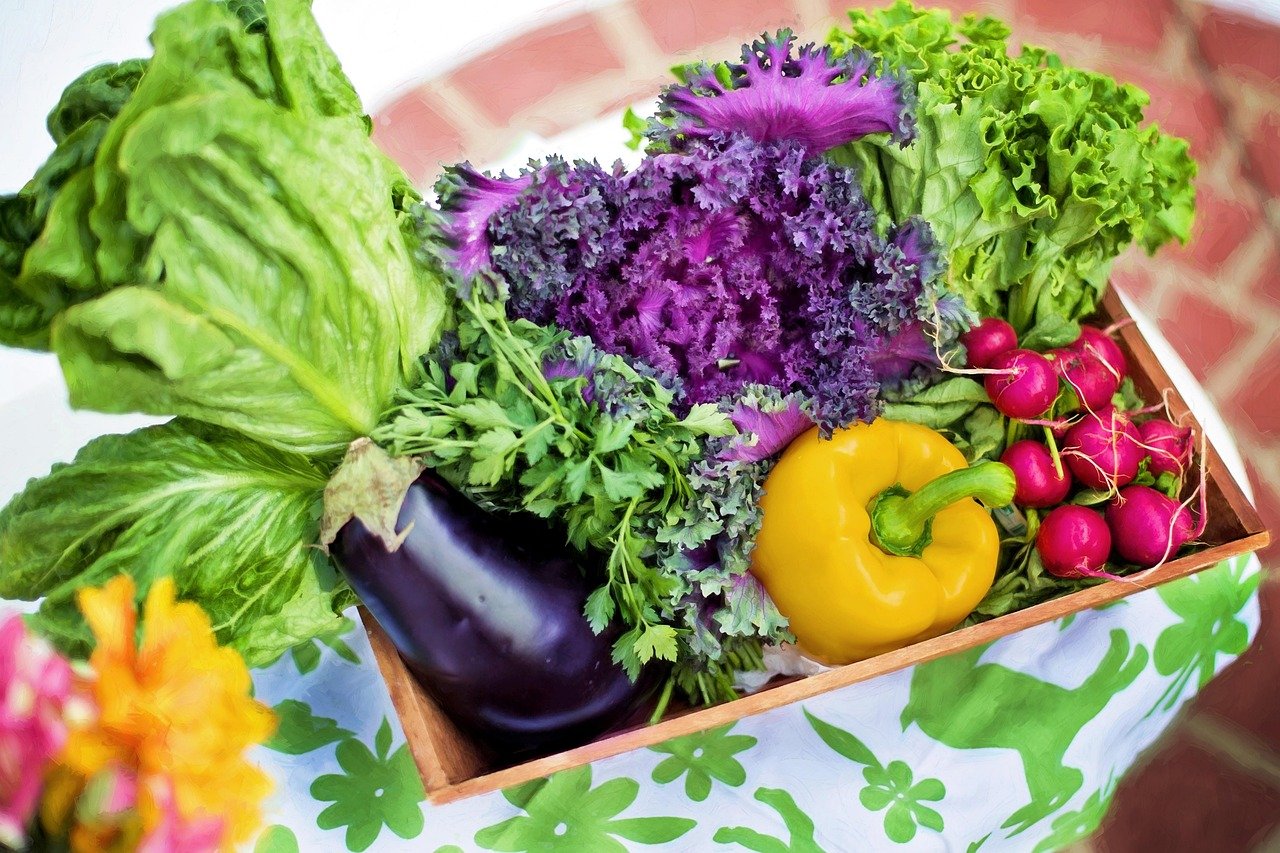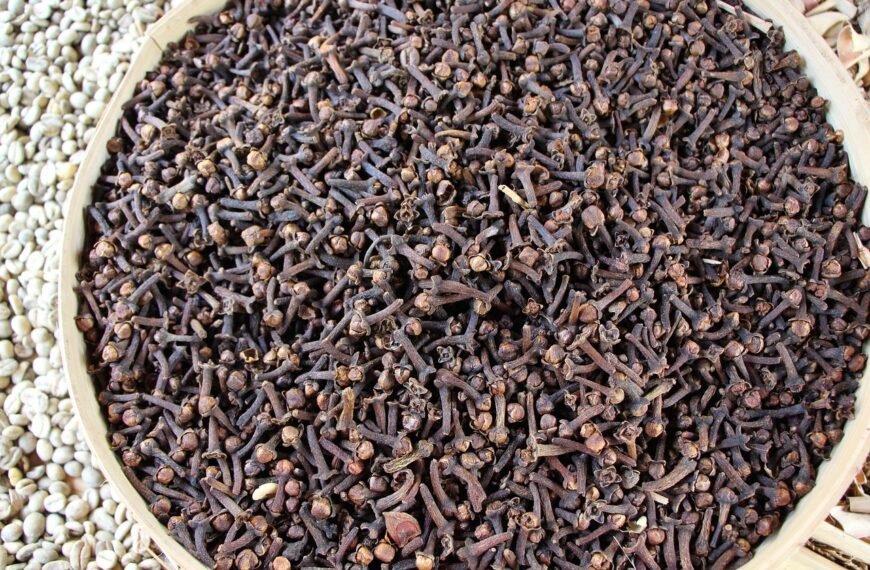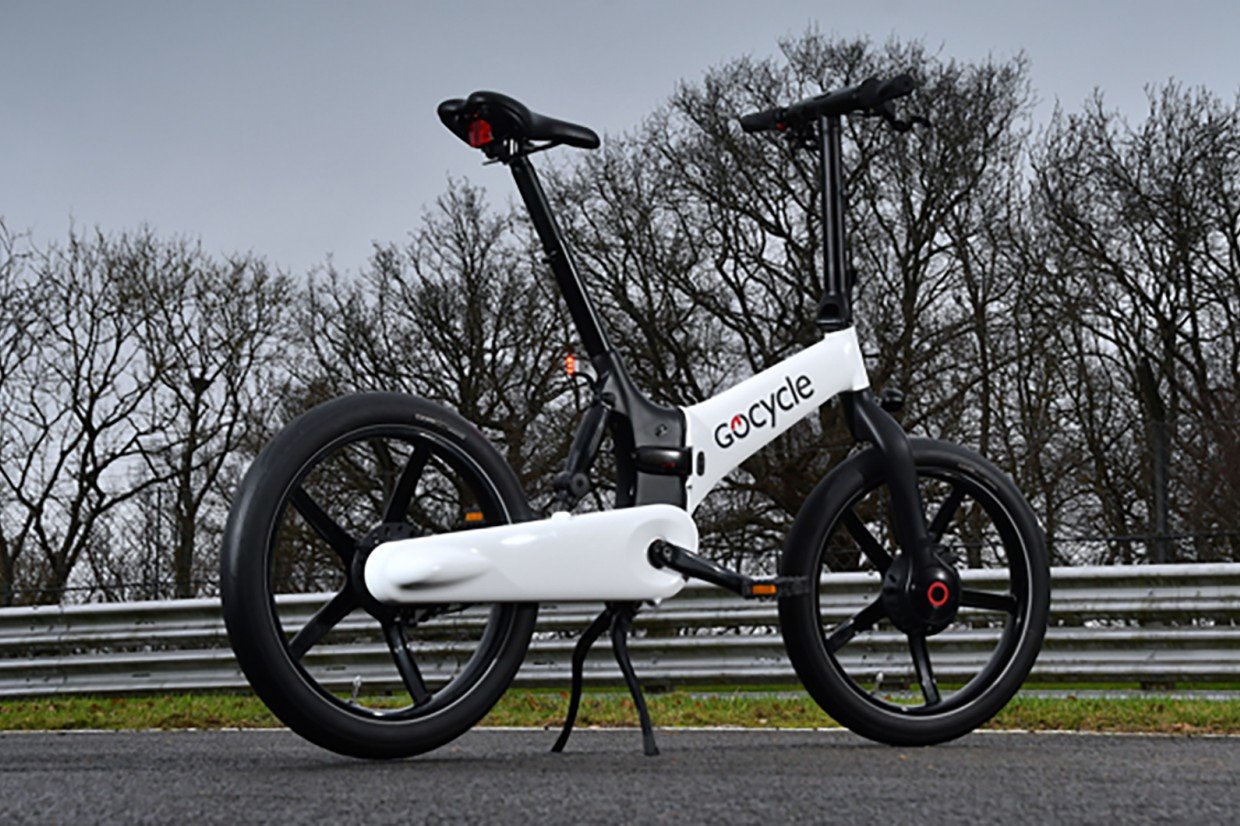Imagine a future where everyone has enough healthy, culturally familiar food, and our environment is on the mend. A new scientific analysis reveals this isn’t a far-off dream. By 2050, we can nourish a global population of nearly 10 billion people while drastically reducing the environmental harm caused by our food systems. The key lies in a powerful combination: a shift in what we eat, smarter farming, and cutting down on waste.
What is the Planetary Health Diet?
The solution centers on a “Planetary Health Diet”. This isn’t about extreme restriction or eliminating food groups. Instead, it’s a balanced and flexible way of eating that benefits both people and the planet.
Think of your plate filled mostly with:
- Fruits and vegetables
- Nuts and legumes
- Whole grains
Alongside a moderate amount of:
- Animal protein like fish, poultry, and eggs (a few times a week)
- Dairy (about one serving a day)
This diet limits:
- Red meat (like beef, lamb and pork) to roughly once a week
- Added sugars, saturated fats, and salt
This approach is very similar to well-known healthy patterns like the Mediterranean diet, emphasizing plant-forward meals without being strictly vegan or vegetarian.
The Stunning Benefits of a Food System Transformation
For Human Health:
- Prevent Premature Deaths: This shift could prevent an estimated 15 million premature deaths each year globally by reducing diet-related diseases like heart conditions and diabetes.
- Improved Well-being: Widespread access to nutritious food would boost overall public health.
For the Planet:
- Slash Emissions: Greenhouse gas emissions from food production could be cut by more than half.
- Save Nature: It would drastically reduce deforestation, as less land would be needed for cattle grazing and growing animal feed.
- Financial Savings: The global economy could save trillions of dollars in healthcare costs and environmental damage – far outweighing the investment needed to make this change.
The Path Forward: How We Get There
Achieving this future requires a coordinated effort. It’s not just about individual choice; it’s about building a better system. Key actions include;
Reducing Food Waste: A significant amount of food is lost during production and transportation or thrown away by consumers. Cutting this waste is crucial.
Improving Farming Practices: Investing in sustainable agriculture that uses land, water, and nutrients more efficiently.
Making Healthy Food Affordable: Policies could help make nutritious options like fruits, vegetables, and legumes more accessible and cheaper for everyone.
Informing Consumers: Clear food labels and responsible marketing can empower people to make healthier choices.
Addressing the Challenges
Changing a global system is complex and faces opposition, particularly from sectors tied to the current model, like parts of the meat and dairy industries. Past efforts have been met with misinformation campaigns.
However, the report is based on robust, unbiased scientific evidence from dozens of international experts. The goal is not to attack any industry but to present a viable path for a sustainable future that includes a variety of foods, including meat and dairy, in balanced amounts.
The message is clear and hopeful. We have a blueprint to feed the world sustainably by 2050. By embracing a diverse, planet-friendly diet and improving our food systems, we can ensure a healthier population and a thriving environment for generations to come. The power to transform our future lies on our plates.


















